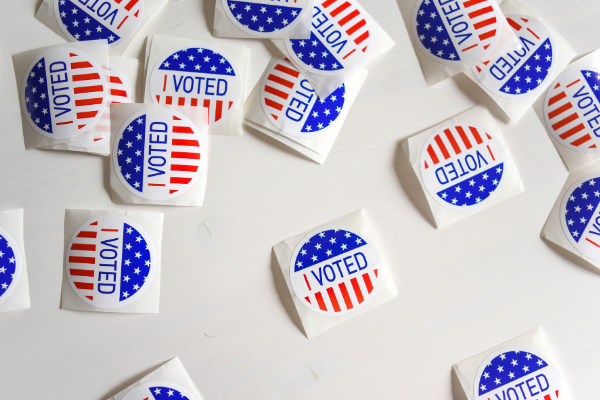This year has been filled with a lot of change for everyone, from working from home becoming the new normal, to staycations becoming the new holiday. This year really has been filled with the unexpected.
Social channels have been no different — from the way people have used them, to new updates that have taken audiences by storm. Looking at LinkedIn, for example; it is less business as usual, and more personal with people sharing their experiences from work and their lives. The prim and proper façade that was once everywhere on LinkedIn, has become more chilled as people give a glimpse of life at home and are talking about the struggles everyone is currently facing with job losses and furlough.
LinkedIn isn’t alone – so how have the other channels changed to reflect these user changes?
Instagram introduced reels, which has kept many entertained and become a new way to help share creative content. They also added the new shopping tab at the bottom of their app, making it easier to buy and see products. With shops shut in lockdown, it seems people have been turning to social media to help fill the void. It has been good to see social media looking to help in times of crisis with the donation tabs for charities, showing how the platforms are growing.
But does this show that social is becoming the new Highstreet for 2021 as the pandemic changes our shopping habits?
Instagram has also launched the ability to upload guides, showing that they want to be more than just pictures, but a place to share knowledge, especially as the audience has shown a shift towards wanting more substance.
There was also the closer connection made between Instagram and Facebook as they merged the chats, showing how they could see these platforms being used as a way for people to remain connected and made this seamless for everyone to remain connected no matter the platform.
Facebook also saw a gap in the market as physical events become impossible, so they set up the new paid online events for creators and businesses, helping to share knowledge on the platform. Facebook’s new educational hub was another update they added which shows that these channels are becoming more of a place to share knowledge and news that is meaningful to people, rather than filling feeds with pictures from holidays, kids and pets.
LinkedIn has also seen a large number of updates with the introduction of stories, live, reactions, polls, events and the ability to see new followers, this shows where the social channel is growing to allow people to be more interactive with each other, while remaining a professional platform. It is becoming a place for people to share their feelings, insights, opinions and life. These new updates reflect exactly what people have done on the platform in lockdown, as they have become more reactive to one another and have shared more personally on the platform than before and these updates have only made it easier for people to do that. LinkedIn has become more than a place to just share your career updates and company progress, it has become a knowledge-sharing platform professionally and personally as the pandemic has merged the two.
Another platform that has also introduced similar updates is Twitter. The company implemented stories and placed a strong focus on the legitimacy of posts on the platform. They have been seen to put new features in places linking to neutral content to help provide insight and background on some posts and prove the legitimacy of content that is being shared and help users have a greater understanding of what they are reading or sharing. This has been driven by the Black Lives Matter movement and also the US presidential election to help prove the legitimacy of claims on the platform but also make sure that what is shared isn’t offensive to audiences.
All these platform updates show a strong shift to content that is trustworthy. Since March this year, they have evolved into a community to share advice and coping mechanisms for the world we now live in. They have also moved with the times and become more personable, helping people to more easily share updates through stories, voice recording and videos, the channels show growth with the new consumer growth.
Listed below are the key updates on platforms for 2020 to truly reflect the growth these channels have seen since the beginning of the year which is incredible and something we now as audiences see as normal and given when using them:
LinkedIn updates
Reactions
Seeing who new followers are
Inviting people to join the page
LinkedIn Live
LinkedIn Pages Posts
LinkedIn Polls
LinkedIn Stories
LinkedIn Events
Twitter updates
Transparency centre
Stories
Audio tweets
Tougher on regulating posts
New ad type – Promoted Trend Spotlight
Conversation settings
Reply limitation
Read it before you tweet
Mention permissions from users
Facebook updates
Ad limits per page
Business suite
Sponsored posts for groups
Educational hub
Paid online events
Messenger rooms- joint call feature
Enhanced privacy settings
Improved post policies
Messengers for Facebook and Instagram merge
Instagram updates
Reels
Instagram Shop
Equity update adds transparency to Instagram’s algorithm
Product tags
New app released for businesses
Pin content
Guides
Gift card, food order, and donation tools added for small businesses
Live fundraisers launch with donation button
Improved transparency of high-reach accounts

